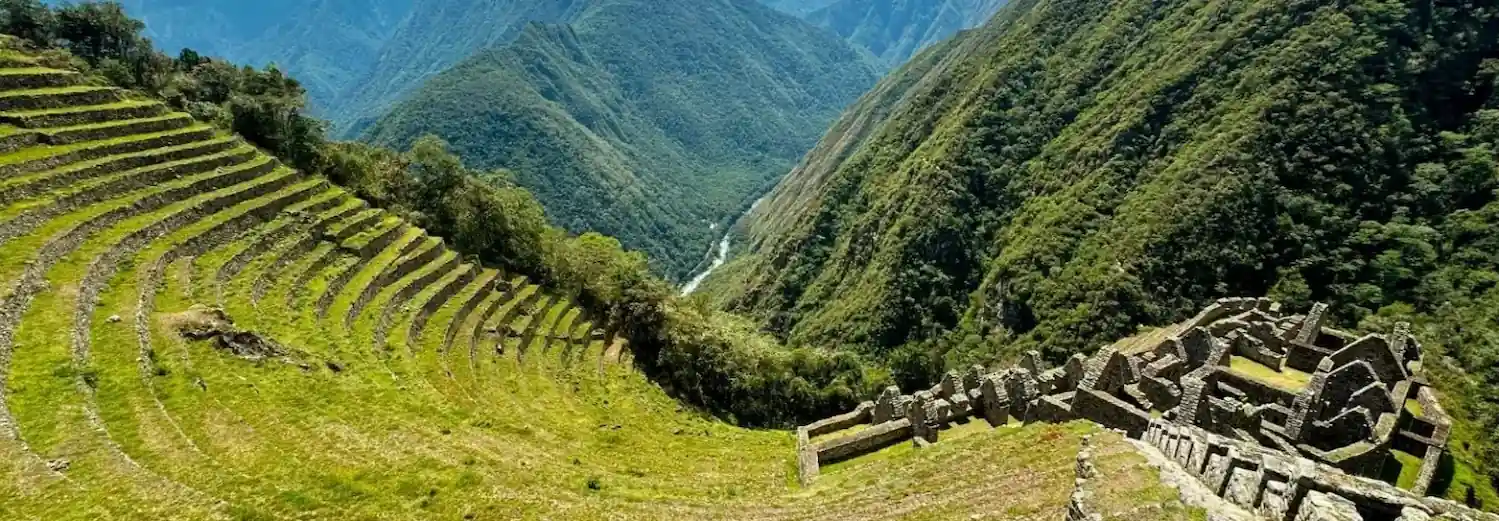The legendary Inca Trail journey
Trekking the Inca Trail Treks is a legendary journey that winds between the peaks of the Andes and the dense tropical rainforest of Peru, guiding explorers to the archaeological treasure of Machu Picchu. This ancient path, created by the Incas centuries ago, is a clear reflection of their mastery in engineering and construction.
Along this trail, hikers are transported back in time, following in the footsteps of the area's earliest settlers. The stunning, expansive views of mist-shrouded mountains, deep valleys, and Inca ruins hidden in the jungle provide a truly exceptional and valuable experience.
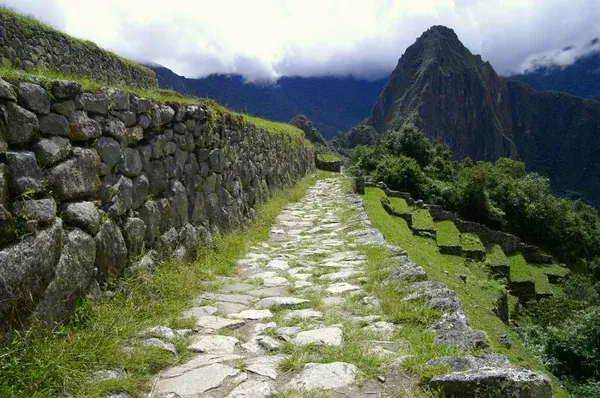
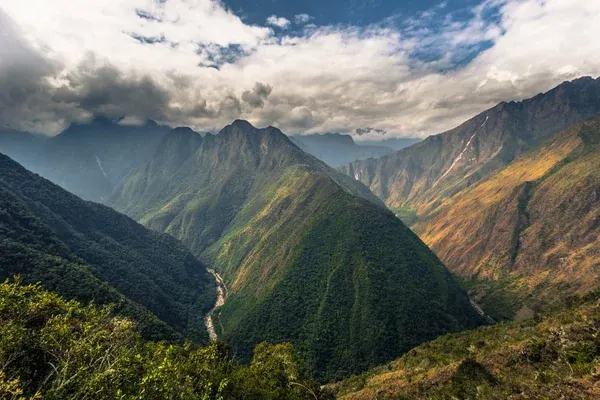
Why is this destination the best?
The Inca Trail Treks shines as one of the most iconic destinations, offering a unique combination of environment, heritage, and customs. Hiking this historic path allows travelers to follow the route of the Incas, appreciating spectacular panoramas, mountains, and dense jungles. Along the route, tourists pass through well-preserved ancient ruins, facing both a physical challenge and a journey through history. Every step connects you with Peru's rich Inca heritage and culture.
In addition to its great historical value, the Inca Trail is renowned for its accessibility and a complete experience. Unlike other popular destinations, visitor capacity is limited each day, ensuring a more exclusive hike with fewer people. This allows hikers to enjoy the serenity of nature and stunning views without crowds. Guided tours are led by local experts, maximizing safety and providing a deeper cultural understanding. These guides assist hikers facing physical difficulties and enrich the experience by sharing stories about the Incas, the ruins, and the biodiversity surrounding the area.
Inca Trail: Peru's most iconic treks
The Inca Trail is one of the most renowned hiking trails in the world. This route, traversing stone paths created by the Incas, connects various archaeological sites with Machu Picchu, located in the central Peruvian Andes.
There are several hiking options on the Inca Trail, each with distinct characteristics in terms of length, difficulty, and experience. Below are the most notable options for those who want to embark on this historic and natural journey.
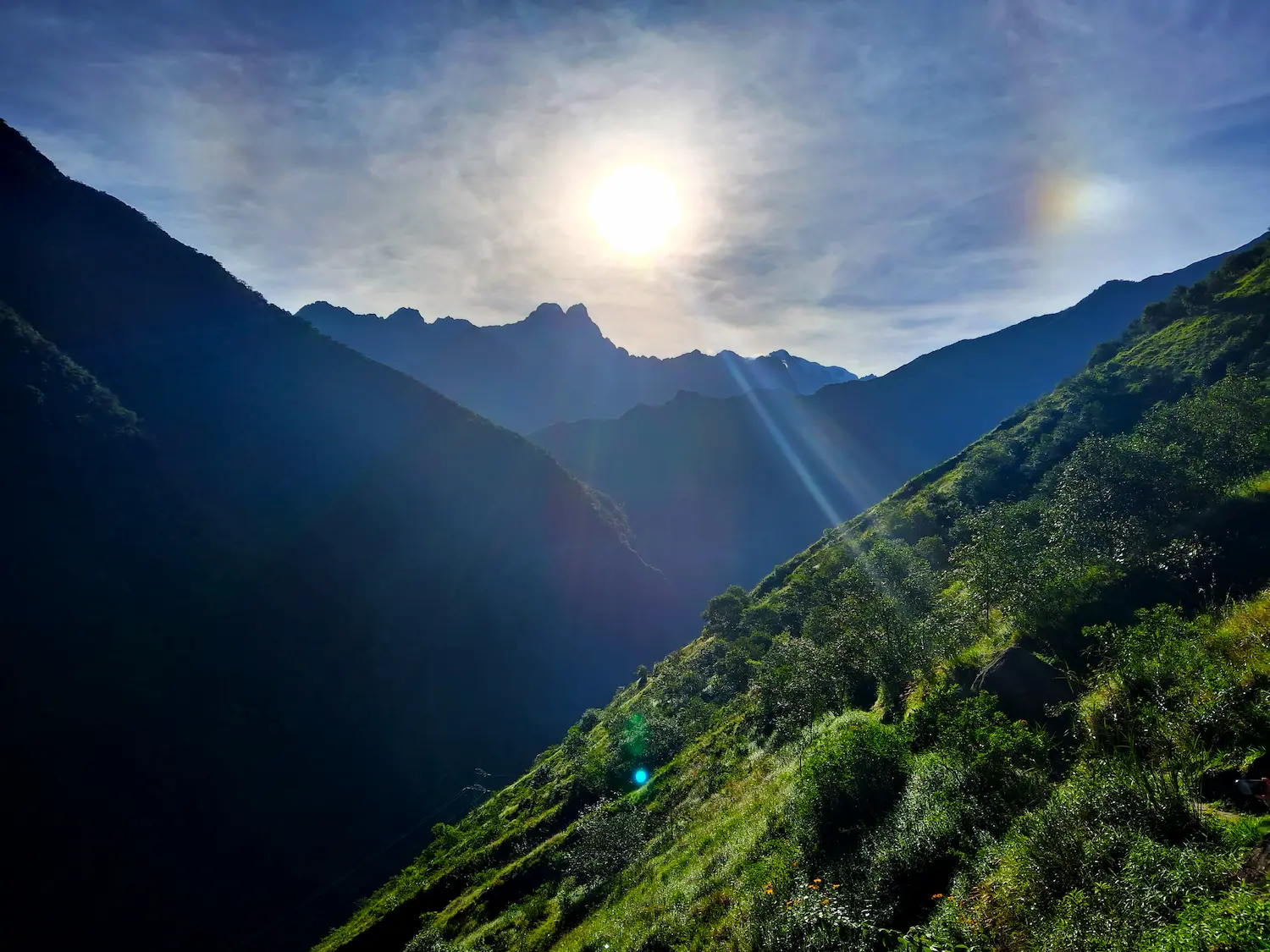
Inca Trail 5 days to Machu Picchu
The Classic Inca Trail to Machu Picchu is famous for being one of the top ten treks. Follow in the footsteps of the Incas, while discovering amazing ecological diversity and a wealth of archeological treasures. The Historic Sanctuary of Machu Picchu, is home to a network of Inca trails,
From: 899USD per person
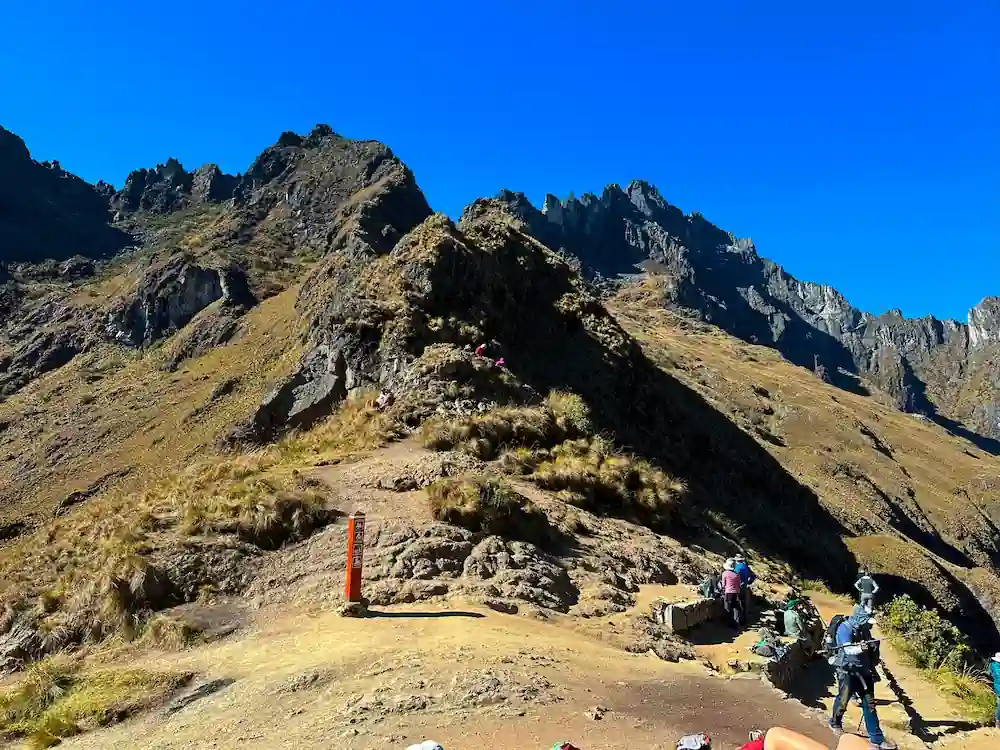
2 days Inca Trail to Machu Picchu
This 2 days Inca Trail allows to hike a section of the trail following an original segment that leads to Machu Picchu, this is a nice alternative for people with no much time or hiking experience.
From: 499USD per person
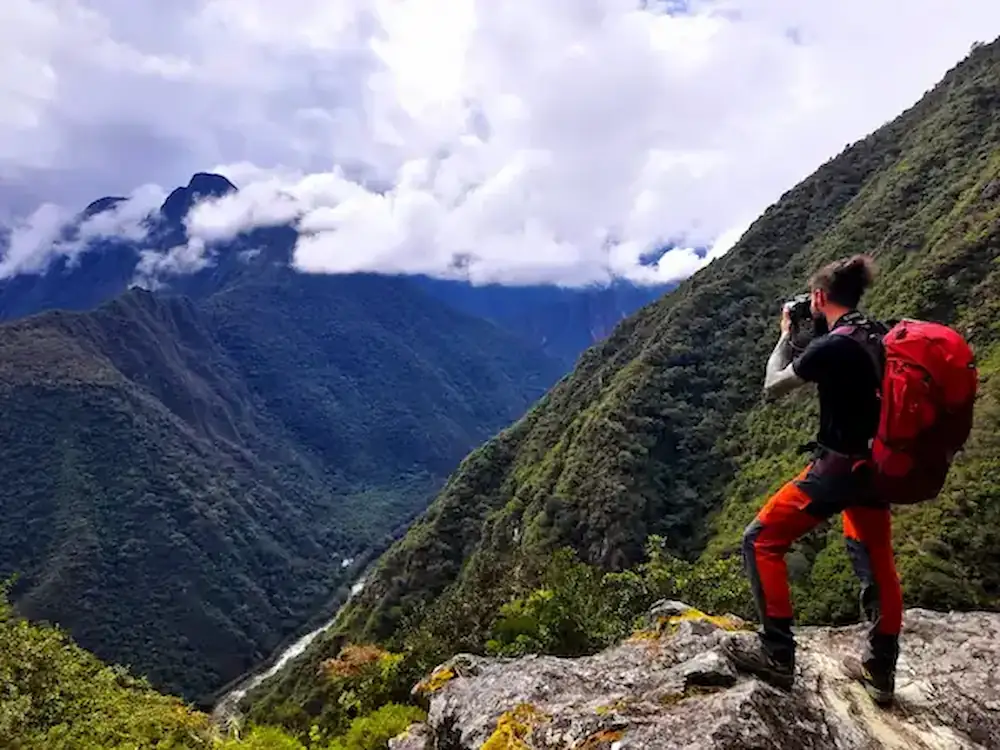
1 day Inca Trail to Machupicchu
Are you short on time but eager to explore the breathtaking landscapes of Peru? The 1 day Inca Trail hike offers an accessible and memorable adventure for those looking to experience the renowned Inca Trail in just 1 day.
From: 448USD per person
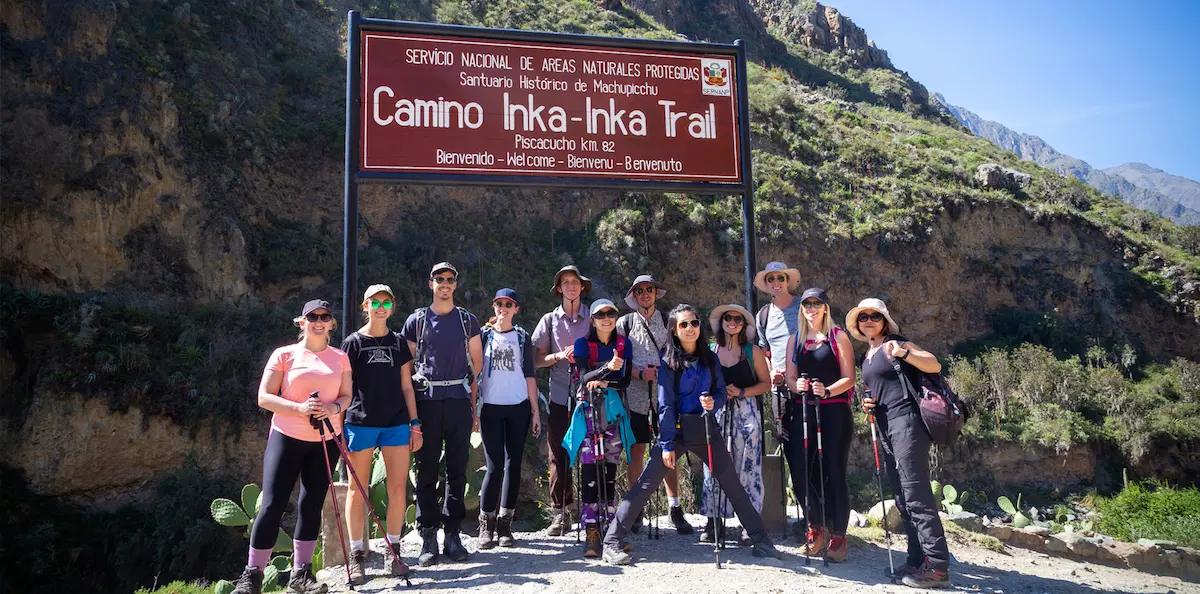
Classic Inca Trail 4 days To Machu Picchu
The Classic Inca Trail 4 days is one of the most iconic trekking routes in the world, leading through ancient Inca pathways to the majestic citadel of Machu Picchu.
From: 699USD per person
Book Your Inca Trail Trek 2026 with Andean Road Peru
Embark on an unforgettable journey with Andean Road Peru along the legendary Inca Trail 2026. Discover breathtaking Andean landscapes, ancient history, and the spirit of adventure as you walk in the footsteps of the Incas. A once-in-a-lifetime experience awaits — the new season is about to begin, so book your adventure today!
Book your tour nowLevel of physical preparation required
When preparing for your hike on the Inca Trail, a moderate to high level of physical fitness is necessary, depending on the route you take and the duration of hiking. The hike will include continual hike uphill and downhill, on a mountain train with many sections over 13,000 feet in altitude. Previous hiking experience is valuable but with determination, preparation, and a positive mindset, the most important aspects of the hike.
To ensure comfort and safety on your trip, start training several weeks before your trip. The best training for you to do is cardiovascular training, either through running, cycling, or hiking while using uneven ground to train your legs and build endurance. In addition, spend at least two nights in Cusco prior to your trip so your body can acclimatize to the altitude since this will prevent causing you unnecessary fatigue and enhance your enjoyment on every step of the journey!
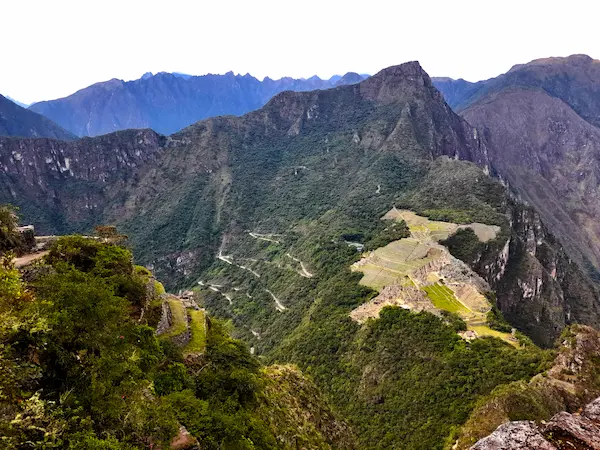
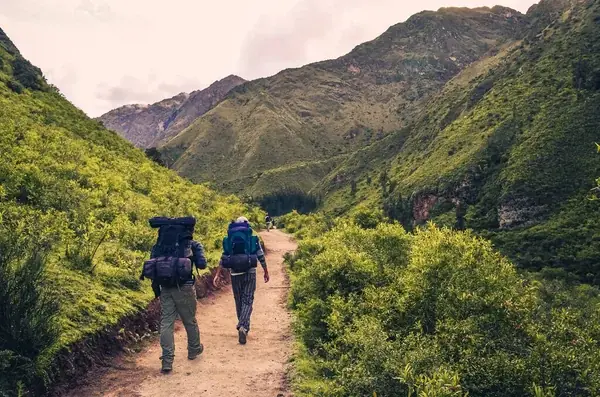
Basic equipment for the Inca Trail
Having the appropriate equipment is vital for finishing the Inca Trail in a comfort and safe manner. Here is a list of things that every trekker should have:
- Hiking boots: Boots that have already been broken in, are comfortable and waterproof.
- Backpack: Lightweight and with good support. A rain cover is also essential.
- Layers of clothing: You should have breathable shirts, a fleece and a warm jacket for very cold nights.
- Rain gear: A poncho or waterproof jacket is a must even when it is the dry season.
- Sleeping bag: A sleeping bag rated for low temperatures (down to or below 32°F/0°C).
- Headlamp or flashlight: This is important for the early morning starts and around the camp area.
- Reusable water bottle or hydration pack: Important to stay hydrated.
- Trekking poles: Very helpful when climbing up ascent and difficult descend. it is very helpful on all the steep inclines.
- Hat and sunglasses: Important to have for the very strong and abusive Andean sun.
- Sunscreen and insect repellent: Always use sunscreen and insect repellent for your skin.
- Personal medication and first aid kit: For minor injuries or sickness caused by altitude.
To pack light but smart, will make a huge difference during your hike. Every extra pound your carry does matter when you are trekking in the Andes.
Total length and altitude of the Inca Trail
The Classic Inca Trail is approximately 26 miles (42 kilometers) from the Sacred Valley to the Sun Gate (Inti Punku), at Machu Picchu. Most people hike the trail over four days of three nights, following ancient stone paths made by the Incas hundreds of years ago. The Inca Trail also has a shorter version, a 2-day Trek, which will not be as taxing, but will provide the same beautiful views and cultural experience along the way.
The highest point of the Inca Trail is approximately 13,780 feet (4,215 meters), called Dead Woman’s Pass (Warmiwañusca). Altitude may affect some trekkers, so whatever pace you are going, is fine- take your time, drink lots of water, and let your body acclimatize. The last descent down toward Machu Picchu will lead you to about 7,970 feet (2,430 meters), where dense beautiful cloud forest welcomes you to one of the greatest archaeological sites in the world.
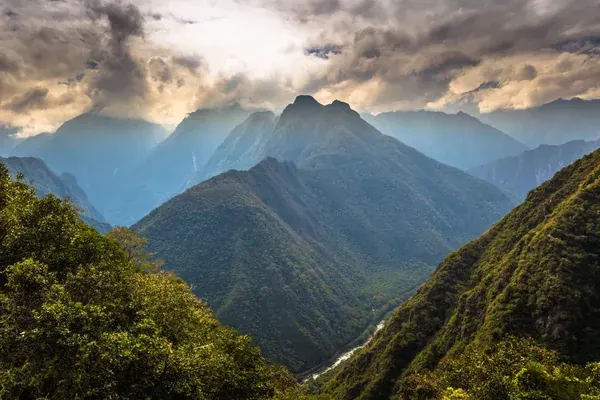
The best time to hike the Inca Trail
The Inca Trail is open all year except in February. During this month, it closes for maintenance and conservation work. Each season offers a unique experience. The best time to go depends on the type of adventure you want to have.
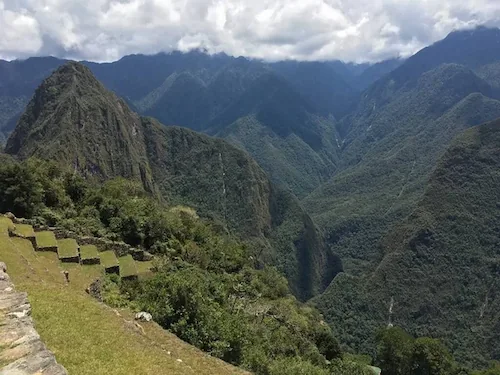
Dry season (April to October)
This is deemed the best time to trek the Inca Trail. The days are usually sunny, the trail is dry, and visibility is superb for great scenery and pictures. Nevertheless, this is also the most popular time to trek the Inca Trail, which makes permits difficult to obtain. It is strongly recommended that you reserve your trek 4-6 months in advance.
Rainy season (November to March)
During this time, the Andes also become greener with a rainier climate, and the crowds are also minimized. There may be occasional periods of rain, mainly in the afternoon, but you can expect to hike in calmer conditions with beautiful green mountain scenery. If mud and mist do not bother you, the rainy season tends to be a more calming and personal experience on the Inca Trail.
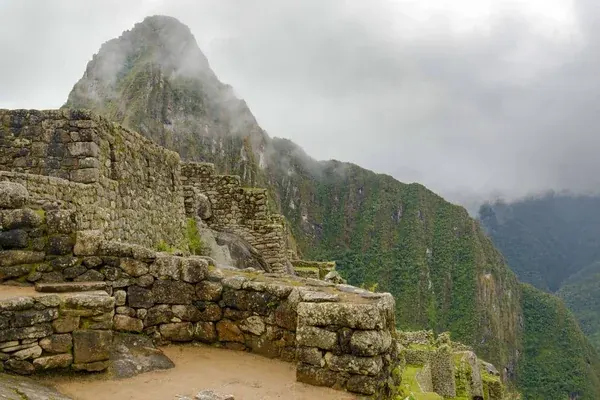
How to get your Inca Trail permits
The Inca Trail is regulated by the Ministry of Culture in Peru, and a limited number of permits are released each day. Only licensed operators can purchase these permits, meaning you will not be able to hike the Inca Trail unequipped. The only official and legal way to hike the magnificent Inca Trail is through a registered agency.
When to book your permits
Permits tend to sell out very quickly, particularly during the dry season (April-October) for the classic 4-day trek. To ensure you get your permit secured, it's best to book as early as you can- at least 4 to 6 months in advance. For May, June, and July (typically the busiest months), booking even earlier is recommended.
What information you will need
When actually booking your permit you will be required to provide your full name, passport number, nationality, and birthdate. You will need to provide this information exactly as it appears on your official ID (i.e. passsport). If there is a change of any of this information later on you may need to purchase another permit, among other policies. Please note that permits are non-transferable, and non-refundable.
Why booking early matters
Since the number of daily permits is capped at 500 per day (including guides and porters), planning ahead is crucial. Once permits are sold out, no additional spaces are released. Booking early not only secures your access but also gives you more flexibility to choose your preferred travel dates and itinerary.
FAQS about the Inca trail treks
Before planning your trip to Machu Picchu, it’s normal to have questions about the Inca Trail. Many travelers want to know about the difficulty level, packing tips, and permit requirements. This section will help you prepare for your adventure and get the most out of your hike in the Andes.
What is the Inca Trail treks?
The Inca Trail is an ancient route that crosses the Andean mountains of Peru. This trail, approximately 43 km (26 miles) long, was used by the Incas as a sacred pilgrimage route. Along the way, travelers can explore various ruins, temples, bridges, and architectural structures that showcase the advanced engineering skills of this civilization.
Is the Inca Trail treks difficult?
The Inca Trail is not considered an extremely difficult trek. However, it is moderately challenging. The terrain changes constantly, and some parts of the trail are quite steep. The toughest section is the Warmiwañusca Pass (Dead Woman’s Pass), which reaches 4,200 meters (13,780 feet). Daily hikes usually last between 6 and 8 hours. With the support of experienced guides, travelers can adjust their pace comfortably.
What is the best time to do the Inca Trail treks?
The best time to hike the Inca Trail Treks is during the dry season, from April to October. During these months, the weather is more favorable for trekking, with less rain and cooler temperatures. From November to March, it is the rainy season, which can make the trail slippery and difficult to navigate due to potential landslides.
Do I need permits to do the Inca Trail?
Yes, the Inca Trail has a limit on the number of trekkers allowed per day, meaning access is restricted. To hike the trail, you need an official permit that must be obtained in advance through an authorized tour agency. Permits often sell out quickly, especially during peak season, so it’s recommended to book at least 6 months in advance.
What should I pack for Inca Trail Treks?
Packing the right gear is essential for a successful trek. Comfortable hiking boots with good ankle support are necessary, as the terrain is uneven and rocky. Lightweight, moisture-wicking clothing is important for daytime hikes, as weather can change. For colder nights at higher altitudes, bring warm layers like fleece or down jackets. Don’t forget a headlamp with extra batteries for early mornings or evenings when extra light is needed.
A small daypack is needed for essentials like snacks, water, camera, and personal items. The trek is physically demanding, so hydration and energy are important. Snacks like nuts, trail mix, or energy bars are recommended. Sunscreen and insect repellent are essential for sun and bug protection. Most operators provide porters for heavier gear, but you should carry your personal items.

